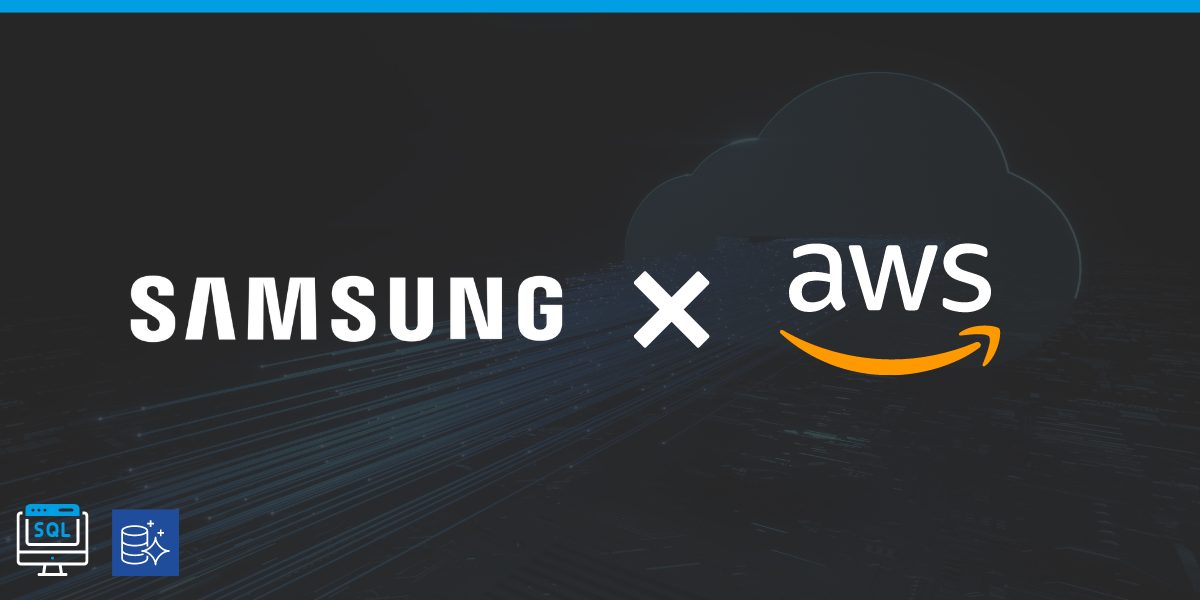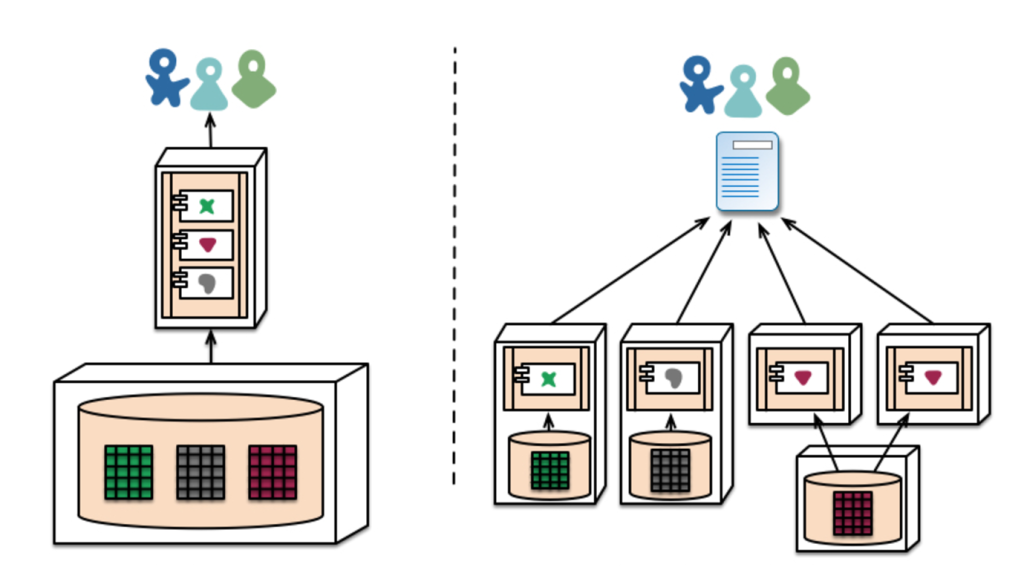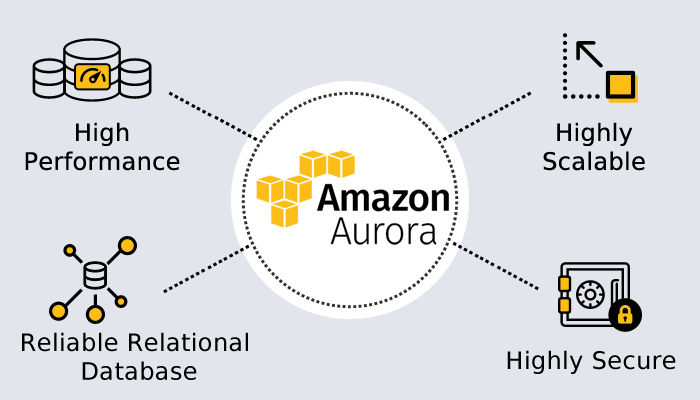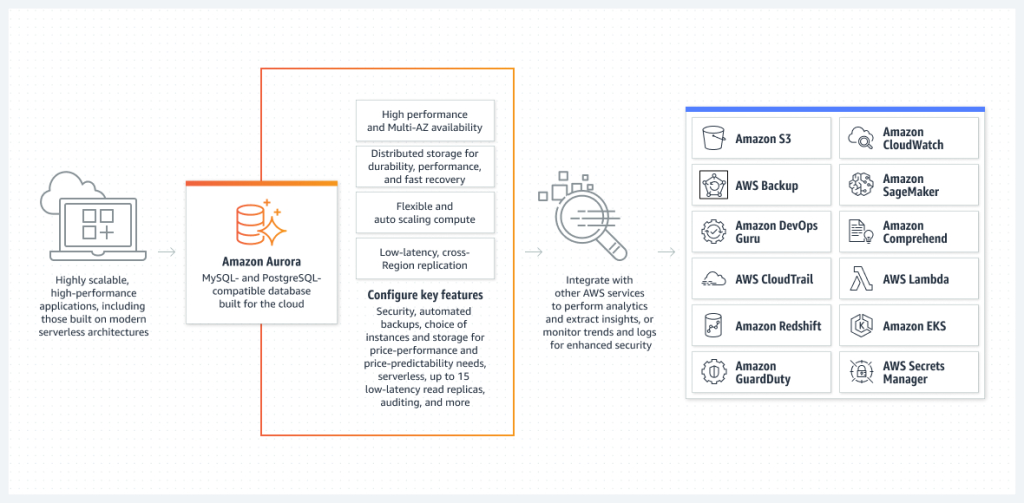
In a quest for greater flexibility and efficiency, Samsung Electronics discovered a seamless partner in Amazon Web Services (AWS).
Within a mere span of 18 months, Samsung Electronics orchestrated a momentous migration, transferring its extensive global Samsung Account data to the ethereal embrace of Amazon Aurora.
This cloud-native, MySQL- and PostgreSQL-compatible relational database proved to be an exquisite fit, liberating Samsung from the shackles of on-premises legacy databases and their exorbitant licensing costs.
This transformative shift enabled Samsung to navigate a path of innovation and poised positioning, propelling the company towards the anticipated vistas of growth.
Embracing AWS for Microservices-driven Growth
Within the vast ecosystem of Samsung devices and services lies Samsung Account, the gateway through which users access a multitude of features such as Bixby, SmartThings, and Samsung Pay.
With an impressive 1.1 billion users, 400 million of whom are active, and a staggering 80,000 requests per second, the reliability and performance of Samsung Account are of paramount importance. Recognizing the need for a more agile and flexible solution, Samsung Electronics embarked on a journey to find a microservices-driven architecture that could cater to their current and future user base.
In their quest, Samsung encountered the limitations of their existing Oracle-based system and the allure of Amazon Web Services (AWS), ultimately embracing the scalability and cost-effectiveness of AWS’s offerings.
Liberating Samsung Account from Monolithic Constraints
As Samsung Electronics looked towards the future, it became evident that their existing Oracle-based architecture, designed a decade ago, was ill-equipped to handle the demands of a microservices-driven approach

The monolithic nature of the system posed challenges in terms of updates and scalability, hindering Samsung’s ability to keep up with the evolving landscape. The desire for a new technology paradigm led Samsung to seek alternatives, with AWS emerging as a beacon of innovation.
The transition to AWS, coupled with microservices architecture, promised a scalable and agile future, perfectly suited to accommodate the growing influx of users, services, and traffic.
Unleashing the Power of Amazon Aurora for Seamless Data Migration

The monumental task of migrating Samsung Account’s vast amount of data required meticulous planning and execution.
Samsung Electronics aimed for a seamless transition that would not disrupt service continuity.
The solution lay in moving away from a centralized database and instead breaking down the databases into sections optimized for microservice utilization. Among the myriad options, the fully managed Aurora with PostgreSQL compatibility emerged as the ideal destination for data migration, offering both robustness and cost-effectiveness.
By leveraging the scalability of Amazon Elastic Compute Cloud (Amazon EC2), Samsung further fortified its infrastructure, ensuring secure and resizable compute capacity in the cloud.
Seamlessly Migrating to Amazon Aurora: Samsung Electronics’ Success Story
As Samsung Electronics embarked on its migration journey, the allure of Amazon Aurora shone brightly. One of the most compelling factors that attracted Samsung to Aurora was its remarkable compatibility with existing Oracle queries.
An impressive 85-90% of PostgreSQL queries in Aurora perfectly matched the queries in Oracle, making the conversion process virtually automatic. With 2-4 TB of data to migrate across three regions—the European Union, China, and the United States—Samsung sought assistance to ensure a smooth and successful transition.

The European Union Migration
In October 2018, Samsung Electronics commenced the migration process in the European Union, laying the foundation for a series of triumphs.
The creation of dedicated lines between the IDC and the application programming interface acted as the gateway to Aurora, facilitating the seamless transfer of data.
Employing the robust capabilities of AWS Database Migration Service (AWS DMS), Samsung initiated the data migration, seamlessly transitioning data from the IDC to its new home. Throughout the process, AWS DMS ensured the uninterrupted operation of the source database, allowing end users to continue accessing Samsung Account without disruption.
Simultaneously, AWS DMS orchestrated the replication of the expansive heterogeneous database, effortlessly duplicating 2-3 TB of user data within a remarkable timeframe of 3-4 days. With meticulous precision, user traffic was gradually routed from the IDC to the cloud, achieving a harmonious migration.
In 22 weeks, Samsung accomplished the transition to Aurora, migrating a staggering 4 TB of data and successfully converting nearly 3,000 queries. Salva Jung, Principal Architect and Engineering Manager at Samsung, commends AWS for providing invaluable support and a plethora of tools and services, with AWS DMS serving as a prime example.
Achieving Seamless Migrations: China and the United States
Building upon the triumphs of the European Union migration, Samsung Electronics replicated its success in subsequent migrations.
With the China migration commencing in October 2019 and the US migration in March 2020, Samsung encountered minimal downtime throughout the process. While some interruptions occurred, swift detection and prompt resolution ensured minimal impact on end users.
Samsung’s commitment to excellence and AWS’s comprehensive suite of services and tools played pivotal roles in these triumphs. Through meticulous planning, meticulous execution, and the unwavering support of AWS, Samsung Electronics successfully completed the migrations, solidifying its position as a leader in data migration and management.
Expanding Horizons for Samsung Electronics
The migration to Amazon Aurora has not only brought immediate benefits to Samsung Electronics but has also opened doors to a realm of untapped possibilities.
As the scope of these advantages continues to unfold, Samsung’s team envisions exploring how the AWS database engine can empower them with enhanced analytics and valuable insights. With plans to build a data lake within the cloud environment, Samsung aims to aggregate data from various sources in a single region, enabling more comprehensive analysis of user data.
This shift to Aurora has not only transformed their database architecture but has also positioned Samsung as a prime example of a company unbound by legacy data centers. The boundless space of the cloud holds endless opportunities for growth and innovation.